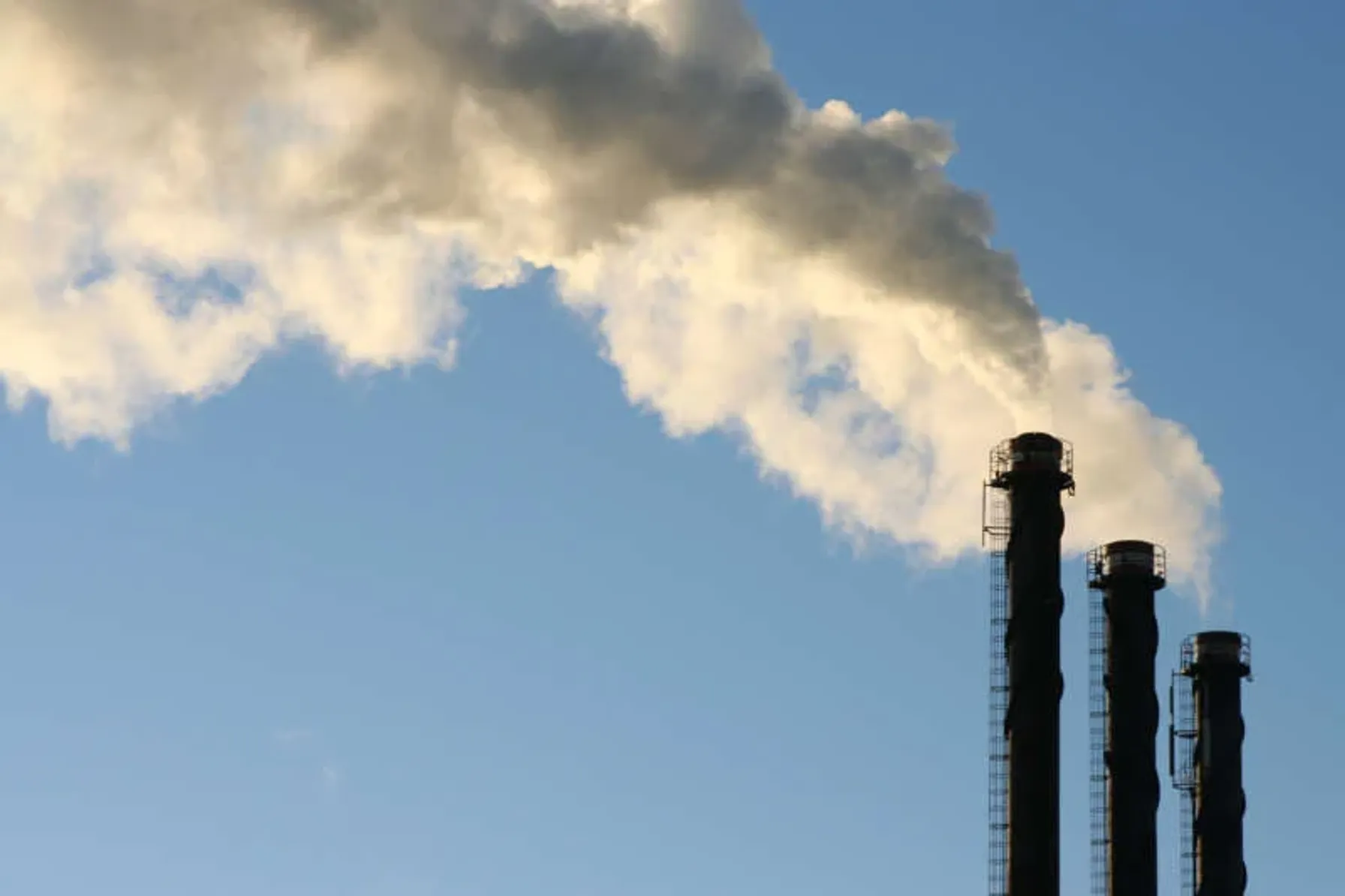What’s Changed
The US Environmental Protection Agency has proposed a reduction in the National Ambient Air Quality Standard (NAAQS) for fine particulate matter, called PM2.5, which is defined as particulate matter less than 2.5 microns in size. The proposed reduction in the annual average NAAQS would be from the current 12 ug/m3 to between 9 and 10 ug/m3. On January 6, 2023, EPA announced the proposal and put the proposal on its website.
At the same time, the EPA asked for comments on a wider range of potential reductions in the NAAQS to between 8 and 11 ug/m3. The official publication was in the Federal Register on January 27, 2023, starting a 60-day comment period and then the EPA Administrator will decide where to set the NAAQS. The announcement proposes that the 24-Hour average NAAQS of 35 ug/m3 be retained (i.e., not reduced); however, EPA also asked for comments on this proposal.
Related Services
Immediate Consequences
If the Administrator sets a new NAAQS, it would immediately affect air quality permitting upon the effective date. New sources of particulate matter emissions and modifications of existing sources will likely have to consider their potential ability to meet the new NAAQS. The quantity of new emissions proposed, as well as the major source status of the facility, will determine the extent of permitting issues that will have to be addressed.
In addition, because PM2.5 particles are also created in the atmosphere via chemical reactions with sulfur dioxide and nitrogen oxides, new emissions of those compounds may also be included in the required analyses. The level and type of analyses required to address PM2.5 emissions will also depend on the specific policies and regulations for the state in which the facility is located.
Experience with permitting for PM2.5 emissions over the last few years has shown that the issues can create permitting delays and result in greater levels of emission control and lower discharge stack emmissions than would otherwise be required. The variables to be considered include:
- Defining the applicable ambient background concentration,
- Determining the facility’s existing PM2.5 emissions and estimating future emissions
- Analyzing the contribution of other emission sources, which includes long-range transport of fine particles from outside the local area (including wildfires and even foreign sources)
- If modeling is required to demonstrate compliance with the lower NAAQS must include atmospheric reactions that create more small particles, then the permitting complications are highly magnified.
Long-Term Consequences
Once a new NAAQS is effective, the process to determine the compliance of the geographic area around your facility can take years, but may significantly impact your facility. The steps are:
- State or local agencies will have to conduct ambient monitoring for three years to determine whether the area complies with the new NAAQS. EPA is proposing to change the monitoring requirements, so that many areas will have to start from scratch with this monitoring.
- EPA will determine whether the area is attaining the NAAQS based on the monitoring or other analyses.
- If EPA declares the area to be nonattainment, then the state or local area has two years to come up with plans to attain the NAAQS, which means developing regulations to provide additional control of sources of PM2.5, sulfur dioxide and nitrogen oxides. If your facility is in a nonattainment area, you will want to be involved in the decision-making and deliberations on the new controls.
- Once EPA approves the plan for a given area, your facility will have three years to implement the new control requirements.


EPA is Proposing to Change the Monitoring Requirements, so That Many Areas Will Have to Start From Scratch With This Monitoring.
It may be a long path to attainment, and the consequences of the requirements in substantial emission reductions may be serious.




